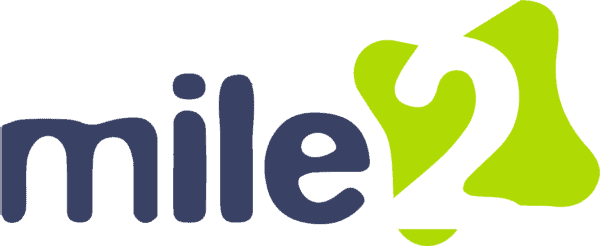Ashly Jackson
Forum Replies Created
-
AuthorPosts
-
Ashly Jackson
ParticipantIdentity management, authentication techniques, single sign-on (SSO), and access control monitoring are all interrelated concepts essential for secure online environments. They collectively ensure that the right individuals have appropriate access to vital information and resources.
Identity management refers to the processes and policies that organizations use to manage user identities and their access to systems. It encompasses the creation, maintenance, and deletion of user profiles, establishing a foundation for security.
Authentication techniques, such as passwords, biometrics, or multi-factor authentication, are methods used to verify a user’s identity. They enhance security by ensuring that only authorized users can access sensitive information.
Single sign-on simplifies the user experience by allowing individuals to authenticate once and gain access to multiple systems or applications. This reduces the number of credentials users must remember, thereby streamlining the login process while maintaining security.
Access control monitoring involves continuously observing and managing user access to systems. It provides real-time insights and allows organizations to detect and respond to unauthorized access attempts promptly.
Together, these elements contribute to a comprehensive security strategy that protects valuable data and enhances user efficiency. For example, a company may implement SSO alongside robust authentication techniques to reduce password fatigue while ensuring that identity management protocols are strictly adhered to, thereby facilitating effective access control monitoring. In both the text and video, there is a clear emphasis on how these components work in harmony to create a secure and user-friendly environment.
Ashly Jackson
ParticipantInformation security management (ISM) is critical to a company’s success, with its key factors deeply intertwined with risk management, operational continuity, and compliance with legal regulations. Effective ISM helps to establish safeguards that protect sensitive data from breaches, ensuring that a company remains trustworthy in the eyes of its customers and stakeholders.
The Triad—Confidentiality, Integrity, and Availability—serves as a foundational component of ISM. Confidentiality ensures that sensitive information is accessible only to those authorized to view it. Integrity guarantees that the data remains accurate and unaltered, while Availability ensures that information is available when needed. These facets work together to create a robust security posture against potential threats.
Additionally, strong security policies are essential for setting clear expectations across the organization, outlining responsibilities related to data protection. The ownership chain in ISM clarifies that security is a shared responsibility across all levels of the organization, ensuring every employee understands their role in maintaining security. By prioritizing these components, companies can better manage their information security risks and achieve their operational goals.
Ashly Jackson
ParticipantRisk management is crucial for a Systems Security Officer for several reasons. Firstly, protecting assets—whether they are data, hardware, or intellectual property—is essential to maintain the integrity and reputation of an organization. Assets are vulnerable to various threats, including cyber-attacks, unauthorized access, and data breaches. By identifying and understanding these threats, security officers can prioritize which assets need the most protection.
Measuring the threat against these assets involves assessing their potential impact on the organization. This includes evaluating the likelihood of different threat scenarios and their consequences, allowing for a tailored approach to risk management. By implementing appropriate security controls, such as access management and encryption, the level of risk can be effectively mitigated.
Additionally, employing terms like vulnerability, threat, and risk appetite helps clarify the relationship between potential risk factors and the safeguards in place. A systematic risk assessment informs the development and implementation of robust security protocols, ensuring the organization remains resilient in the face of ever-evolving threats. Overall, a proactive risk management strategy is pivotal in safeguarding assets and maintaining operational continuity.
Ashly Jackson
ParticipantThe main message of the passage is that God often chooses humble and ordinary people to fulfill extraordinary purposes. John the Baptist is a key example. He did not come dressed in fine clothes or surrounded by splendor. Instead, he wore camel’s hair, a leather belt, and lived on locusts and wild honey. Outwardly, he seemed unimportant, even strange, but inwardly he was filled with the Holy Spirit and chosen by God to prepare the way for Jesus Christ. His message was bold and powerful because it was guided by God, not by human strength or recognition.
This teaches us that God values faithfulness and humility over appearance or worldly success. God can use anyone—regardless of their background, social status, or talents—to do great things. As stated in 1 Corinthians 1:27, God uses the foolish things of the world to shame the wise. John’s life reminds us that we don’t have to be rich, famous, or influential to be used by God. What matters most is a willing heart, a strong faith, and a desire to point others to Christ.
-
AuthorPosts

